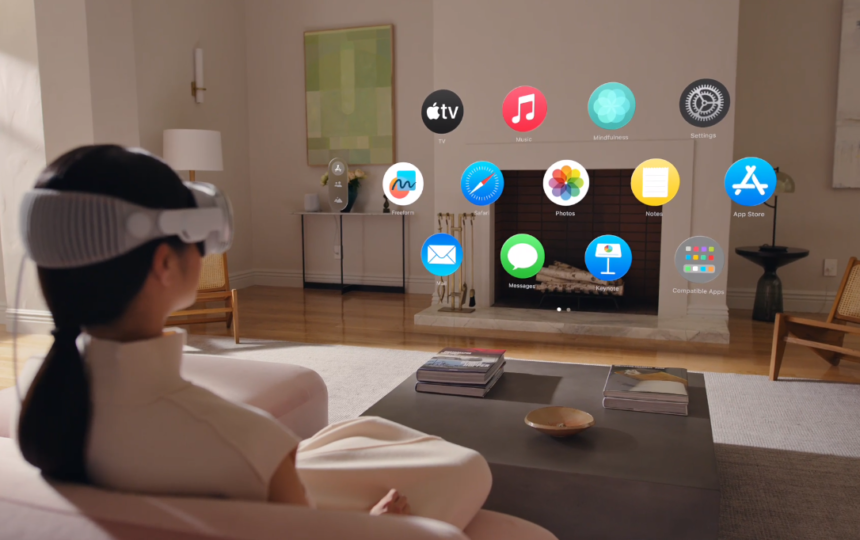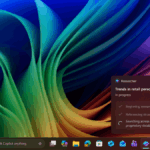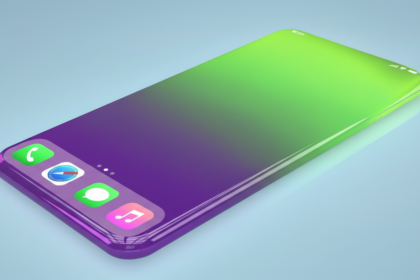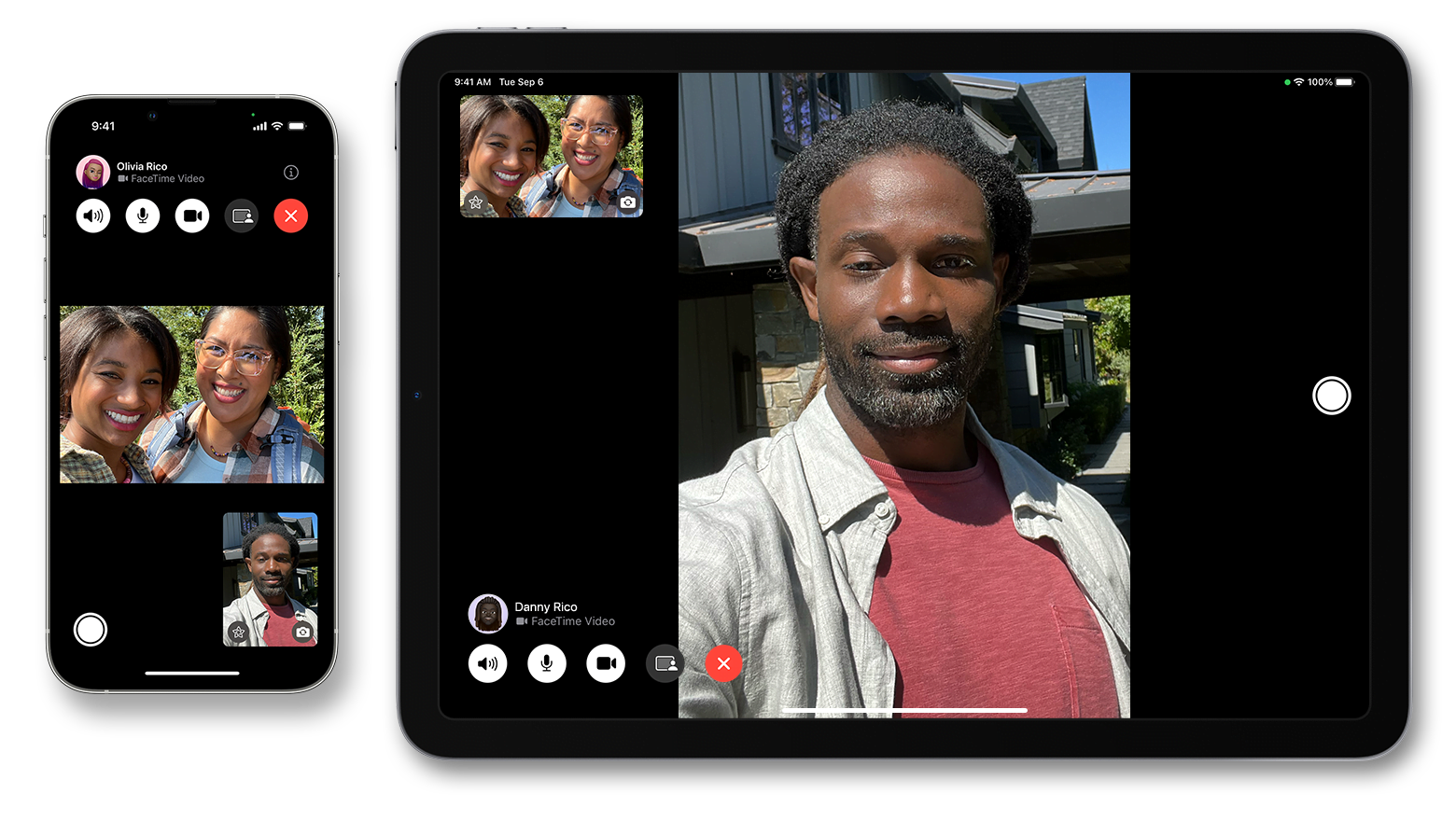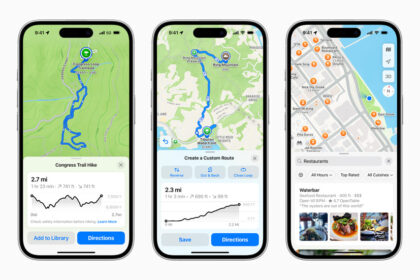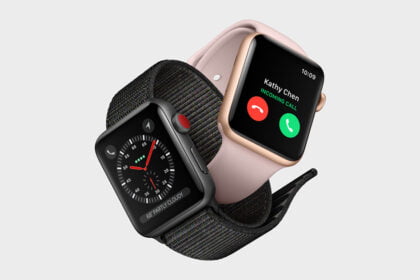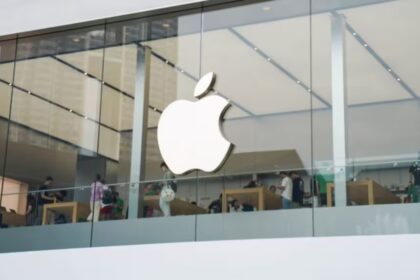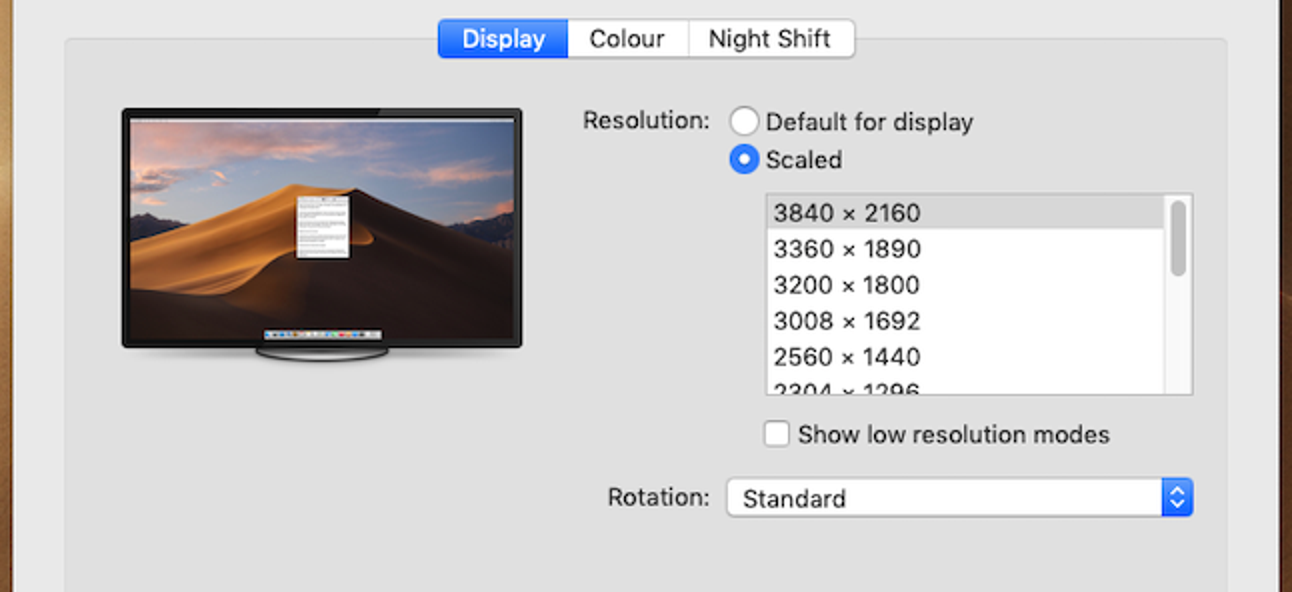Apple gets oddly shy about categorizing its new Vision Pro headset under familiar labels like virtual, augmented, or mixed reality. Instead, they favor calling Vision Pro a “spatial computer” that enables “spatial computing.”
The slick device delivers immersive digital experiences, blending AR and VR capabilities. But this whole “spatial computing” angle comes off as somewhat of a marketing spin. Is Apple trying to distance itself from current perceptions of bulky VR and limited AR?
To an extent, the unusual terminology lets them position Vision Pro as something fresh. But spatial computing also works as an accurate umbrella term encompassing next-gen headsets in general. The name refers to using goggle displays and sensors to map real-world physical spaces digitally.
So Apple isn’t fabricating a buzzword. It highlights their desire to be more associated with innovating how we interact with digital content in 3D spaces rather than “playing catch-up” on existing VR/AR technology.
Call it savvy branding to justify being fashionably late to the spatial party! But the Vision Pro truly does feel like a paradigm shift towards the concept of environmental computing. Apple may be onto something in steering conversations from dated “realities” to more meaningful notions of digitally enhanced spaces.
What is Spatial computing?
It’s tricky to nail down an exact definition for “spatial computing” – even Wikipedia gets a bit technical describing it. But boiled down, it refers to digital experiences in the physical space surrounding you rather than confined inside a traditional device screen.
Think of virtual objects anchored to real tables, walls, and rooms rather than trapped in a phone display. Augmented concerts that blend light shows emerging from actual stages. Hologram workstations straight from sci-fi where 3D projected graphics float before your eyes. That’s spatial computing territory.
It can involve VR/AR headsets or not. The key element is interactive digital content mapped and responsive to the local environment. Wherever you walk around or whatever way you shift, the computer-made imagery or sounds update and adapt.
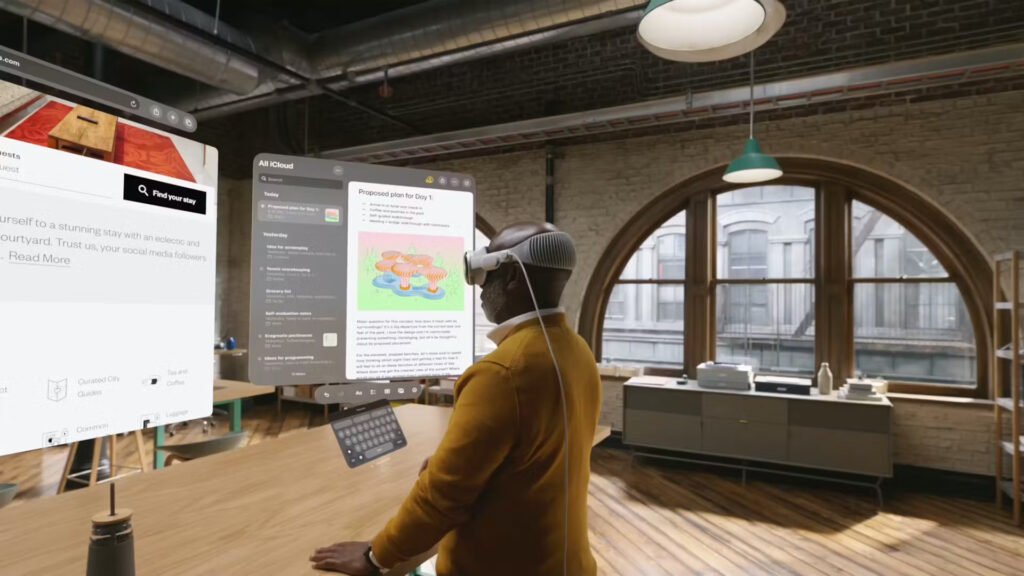
So in spatial computing, the digital integrates with the physical. Your movements directly manipulate virtual items, the audio follows you around open spaces, and holograms sit fixed on chairs. The computer escapes the screen and starts tangibly co-inhabiting your surroundings.
It’s pretty wild stuff, but certainly, the vivid, expressive interactions we imagine touchscreens evolving into. Apple slapping the trendy “spatial computing” name on their mixed reality Vision Pro headset fits the ambient, responsive experiences it aims to deliver. Expect plenty more computing dreams to likewise jump “out of the screen”!
Apple’s Vision Pro headset utilizes both virtual and augmented reality capabilities. Users can immerse themselves in digital worlds or see holographic graphics overlayed in real environments. In that sense, it builds on mixed reality foundations already pioneered years before.
Yet Apple still prefers wielding this trendy “spatial computing” terminology to describe Vision Pro experiences. And it’s more than just fancy marketing spin to justify the ultra-premium pricing. The phrase also signals where Apple sees this technology segment evolving.
In many ways, spatial computing refers to the logical next phase of mobile computing, where our physical spaces interact with portable devices. Vision Pro remains tethered to a headset but taps into sensors, mapping tools, your gestures, and your gaze to digitize your immediate surroundings.
Virtual objects are anchored to real tables, walls, and chairs rather than a detached screen. The technology escapes containment behind glass to manifest in tandem with our environments. It’s AR but ambitiously heightened towards becoming indivisible from tangible spaces.
This melting of atoms with bits remains nearer to sci-fi than mainstream reality. But Apple is peerless at selling people on computing revolutions before they arrive. Painting Vision Pro as “spatial” conjures images of your office digitally coming alive down the road. So, while marketing sugarcoats to this first gen, it also provides genuine peeks at our emerging spatial future.

